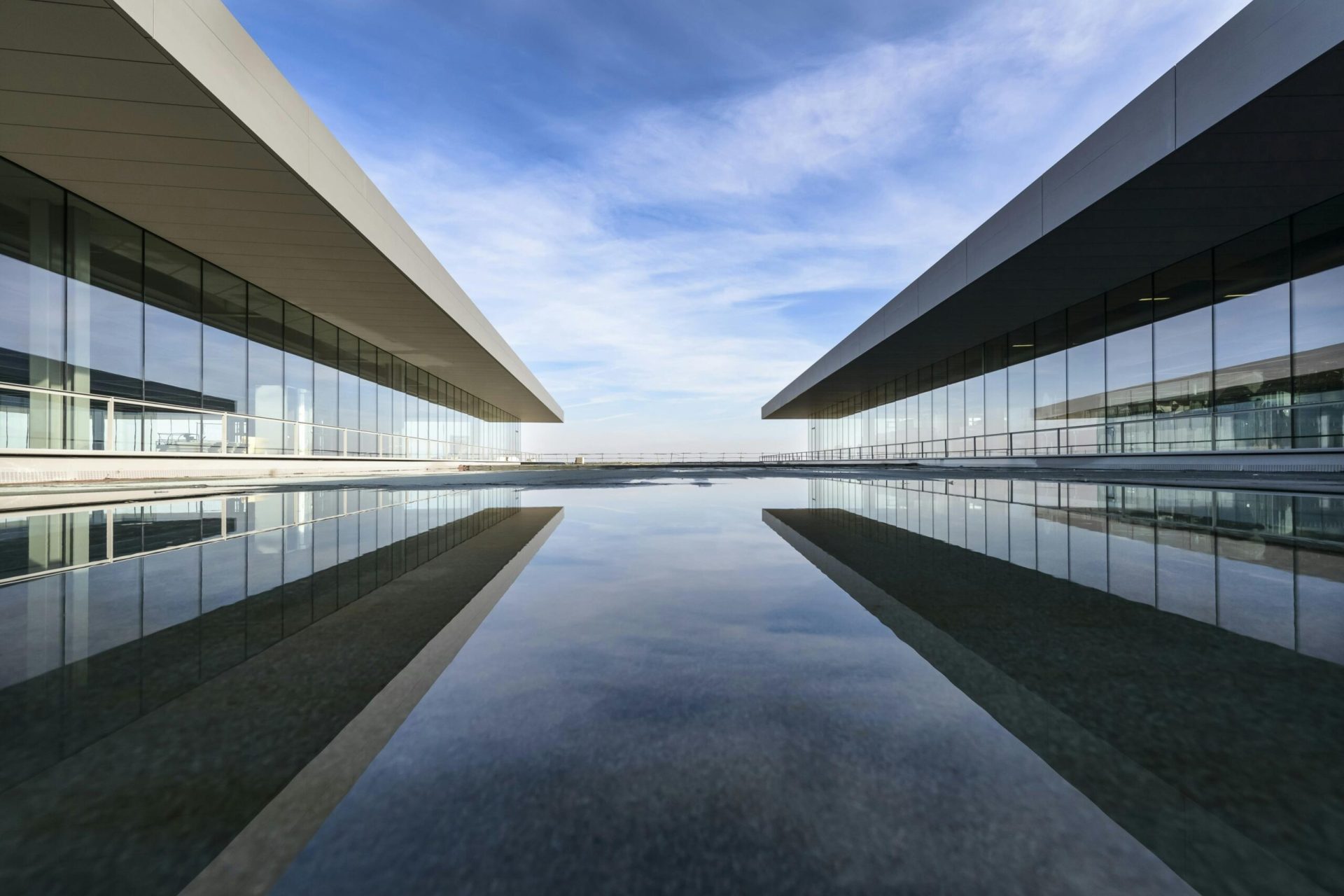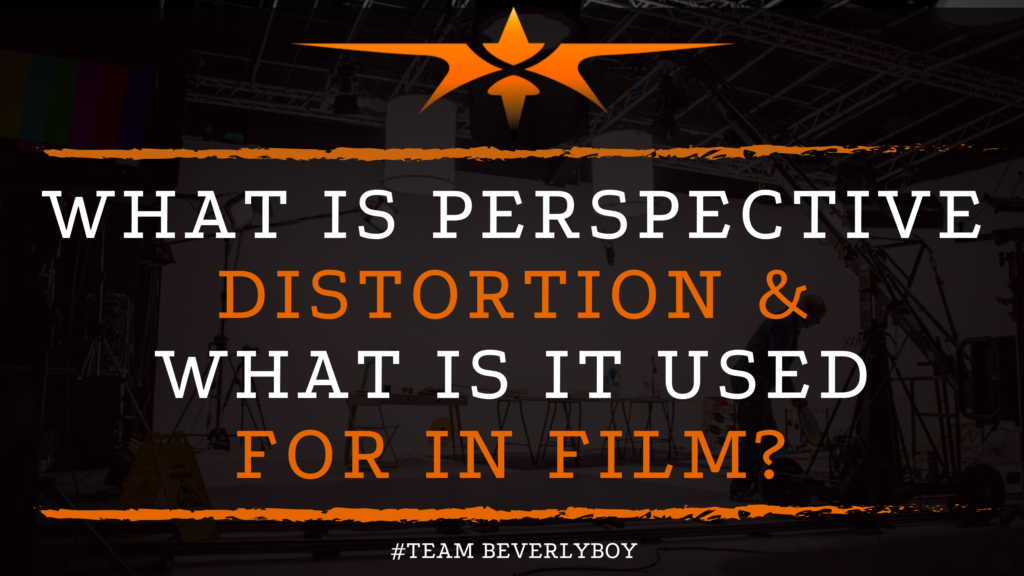What is Perspective Distortion & What is it Used for in Film?
Various types of distortion are caused or created in cinematography either by design or as a negative effect of lens craftsmanship. Understanding the different types of lens distortions and how they influence the production of film and video content is important. Perspective distortion is one of these types of distortion that is commonly present in cinematography, but what is perspective distortion and what’s its impact on filmmaking?

What is Perspective Distortion?
While many forms of lens distortions actually do have to do with the camera lenses themselves, perspective distortion does not. In fact, perspective distortion represents an entirely different category of distortion that involves the positioning of the individual or subject that is being filmed comparative to the angle at which the audience is viewing the subject.
Perspective distortion is characterized by two distinct view-types:
- Wide-angle distortion: Sometimes called extension distortion, this type of perspective distortion causes objects to appear larger than they actually are, especially when they are close to the camera lens. If you’ve ever placed your wide angle camera in a way that caused it to capture a subject or object very close up, it will appear significantly larger than it actually is and will look skewed larger than other objects in the view.
- Compression distortion: A type of distortion that results in the exact opposite of wide-angle distortion, compression distortion is produced when a telephoto zoom lens produces distortion to far away objects causing them to appear larger than they actually are or should appear.
How is Perspective Distortion Used in Cinematography?
Have you ever seen a close-up portrait shot with a wide angle lens? If you’re not sure, think about it this way… have you ever seen a close up face portrait that appears to be distorted in such a way that the face isn’t quite right and the background appears to be incredibly far away?
Perspective distortion is commonly used in cinematography to create emotional load-bearing scenes in which the audience closely connects with the image of the characters’ face or body despite the distortion or even as a result of the distorted view.
Cinematographers use various lenses to produce different kinds of emotional impact in the scenes and footage that they create.
Using lenses to produce perspective distortion among the characters in a film can have varied impacts on the audience. Cinematographers aim to produce visible perspective distortion in several ways such as:
- Creating the appearance of looking out a side-view mirror such that “objects in the mirror are closer than they appear”
- Creating a peephole view in which it appears that the subject is being viewed through a fisheye lens.
- Creating the appearance of looking through a telescope or binoculars such that the side view is eliminated.
So, when you ask, “What is perspective distortion?” and more so, how it perspective distortion used in cinematography, the answer is that perspective distortion is the use of various camera angles and lenses to produce distorted views of a subject such that the audience senses a different emotional connection to the subject.
Perspective distortion is used for a variety of reasons throughout cinema ranging from using distortion to compress distance between various objects in a single scene to producing grotesque or surreal satire and fantasy films that feature the unsettling use of wide-angle lenses and perspective distortion throughout.

